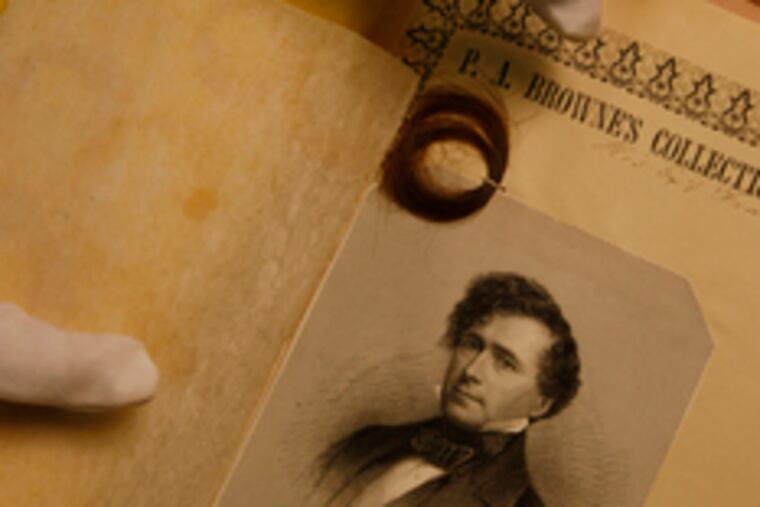Presidential hair goes on display
His crowning glory, George Washington's hair was a fine, youthful light brown. One can imagine him running his hand through it admiringly in front of a mirror, De Niro style, his dowdy white wig cast aside and his true macho, army general colors shining through:
